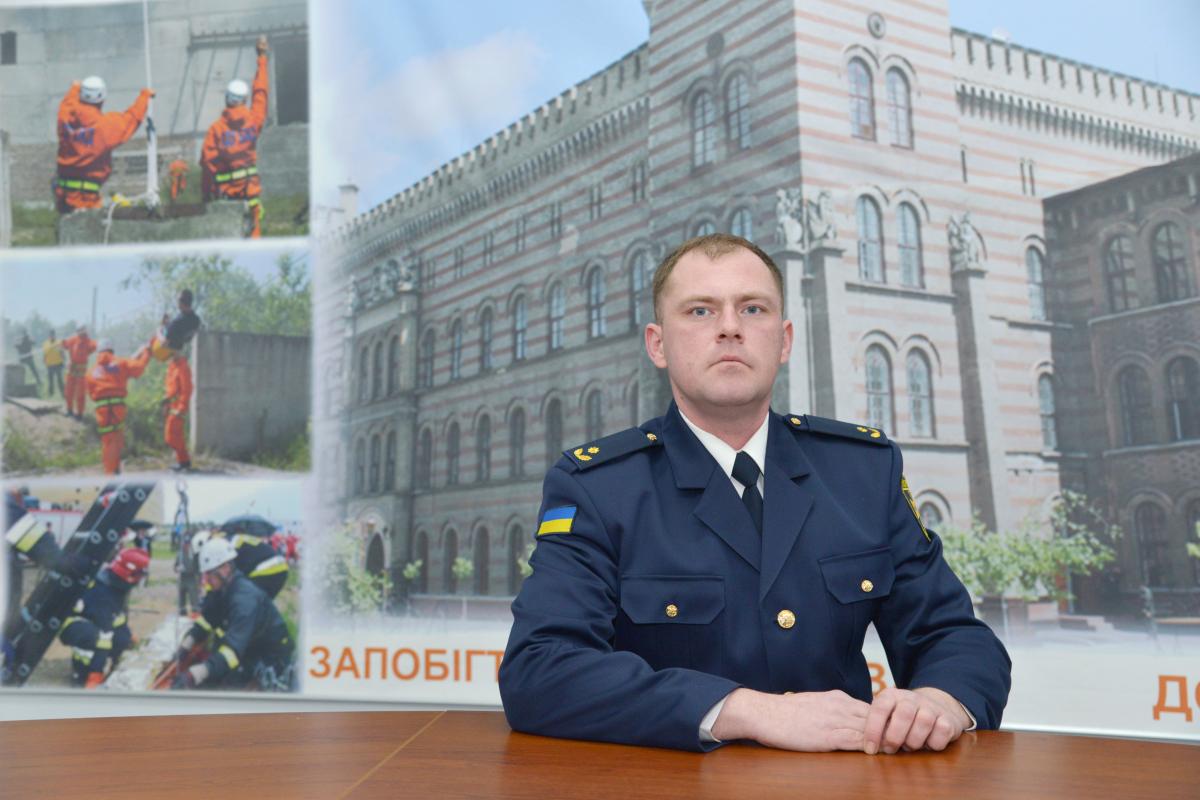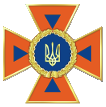Fire Safety Laboratory

PASTUKHOV Pavlo Vasyliovych
The Fire Safety Laboratory, founded in 2010, promotes fire and occupational safety through experimental and theoretical research. The Laboratory has facilities for scientific and technical research, experiments, and measurement. The facilities are available for fire suppression research and testing. Research results are shared with fire and rescue service professionals, as well as cadets, graduate and postgraduate students of the university through training courses, conference papers, publications and patents. The Laboratory findings help rescue teams stay safe while responding to emergencies.
In 2011, the Laboratory was authorized by the State Fire Safety Department of the State Emergency Service of Ukraine to test-fire hazards of substances, materials, constructions, products and equipment, as well as fire-fighting equipment and fire-prevention products for compliance with established requirements and standards.
Fire tests of substances and materials to determine:
- flash point in a closed furnace;
- flash point in an open furnace;
- ignition temperature;
- auto-ignition temperature;
- class of flame-retardant substances and combustible materials;
- effectiveness of fire-retardant impregnation;
- combustibility and flammability of electrical insulating materials;
- flammability of fabrics, materials and textile.
Fire tests of building materials and building components for:
- ignition temperature;
- auto-ignition temperature;
- flammability class;
- flame spread;
- combustibility class;
- fire-retardant characteristics of coatings.
The Laboratory researchers test materials and products against national and international regulations and standards using established methods and simulations. Our experts provide solutions to most fire-related testing issues, they
- test fire-fighting foam for compliance, and regulatory requirements,
- determine flammability class of building materials,
- determine combustibility class of building materials,
- determine flame spread rating of building materials,
- determine flame spread rating of building materials on vertical samples in the horizontal direction,
- determine the class of noncombustible and combustible materials,
- determine flash point in a closed furnace,
- determine flash point in an open furnace,
- determine autoignition temperature and flash points of liquids,
- determine autoignition temperature of solids and materials,
- determine ignition temperature of solids and materials,
- determine the smoke-developed index of substances and materials,
- determine the effectiveness of fire-retardant treatments (impregnation and coatings) for wood,
- determine characteristics of fire-retardant treatment for building assemblies and individual structural members made of wood, metal or concrete,
- determine combustibility and flammability characteristics of textile materials,
- conduct Nichrome wire test for flammability and combustibility of electrical insulating materials,
- perform needle-flame testing of solid electrical insulating materials,
- calculate heat transfer during power consumption of electric devices,
- test fire resistance of electrical products (cables),
- test insulated wires and cables (including in bundles covered with fire retardant material) for flame spread,
- investigate technical causes of fires,
- define building class of production premises,
- provide counselling on fire safety, civil protection and industrial safety regulations and legislation.















